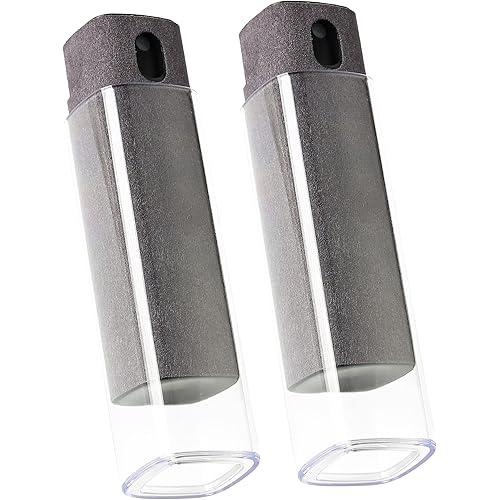





Buy Now, Pay Later
- – 4-month term
- – No impact on credit
- – Instant approval decision
- – Secure and straightforward checkout
Ready to go? Add this product to your cart and select a plan during checkout.
Payment plans are offered through our trusted finance partners Klarna, Affirm, Afterpay, Apple Pay, and PayTomorrow. No-credit-needed leasing options through Acima may also be available at checkout.
Learn more about financing & leasing here.
Selected Option
This item is eligible for return within 30 days of receipt
To qualify for a full refund, items must be returned in their original, unused condition. If an item is returned in a used, damaged, or materially different state, you may be granted a partial refund.
To initiate a return, please visit our Returns Center.
View our full returns policy here.
Style: AT6011a Record Brush
Features
- Removes harmful dust and contaminants from your vinyl records.
- Conductive synthetic fibers help to dissipate static.
- Increases the lifetime of your cartridge and improves your listening experience by reducing surface noise
Description
Audio-Technica AT6011a Anti-Static Record Brush for vinyl LP care and maintenance. Removes harmful dust and contaminants from your vinyl records.
Product Dimensions: 8 x 2 x 4 inches
Item Weight: 0.32 ounces
Item model number: AT6011a
Is Discontinued By Manufacturer: No
Date First Available: June 14, 2016
Manufacturer: audio-technica
Country of Origin: China
Frequently asked questions
To initiate a return, please visit our Returns Center.
View our full returns policy here.
- Klarna Financing
- Affirm Pay in 4
- Affirm Financing
- Afterpay Financing
- PayTomorrow Financing
- Financing through Apple Pay
Learn more about financing & leasing here.





![Electronic Wipes Screen Cleaner Streak-Free [2 Pack x40] Computer Screen Wipes, TV Screen Cleaner Wipes, Monitor Wipes for Smart TV, Laptop, iPhone, ipad and more - [Microfiber Cloth + 80 Wipes]](https://m.media-amazon.com/images/I/71bke0Dr43L._AC_US500_.jpg)












